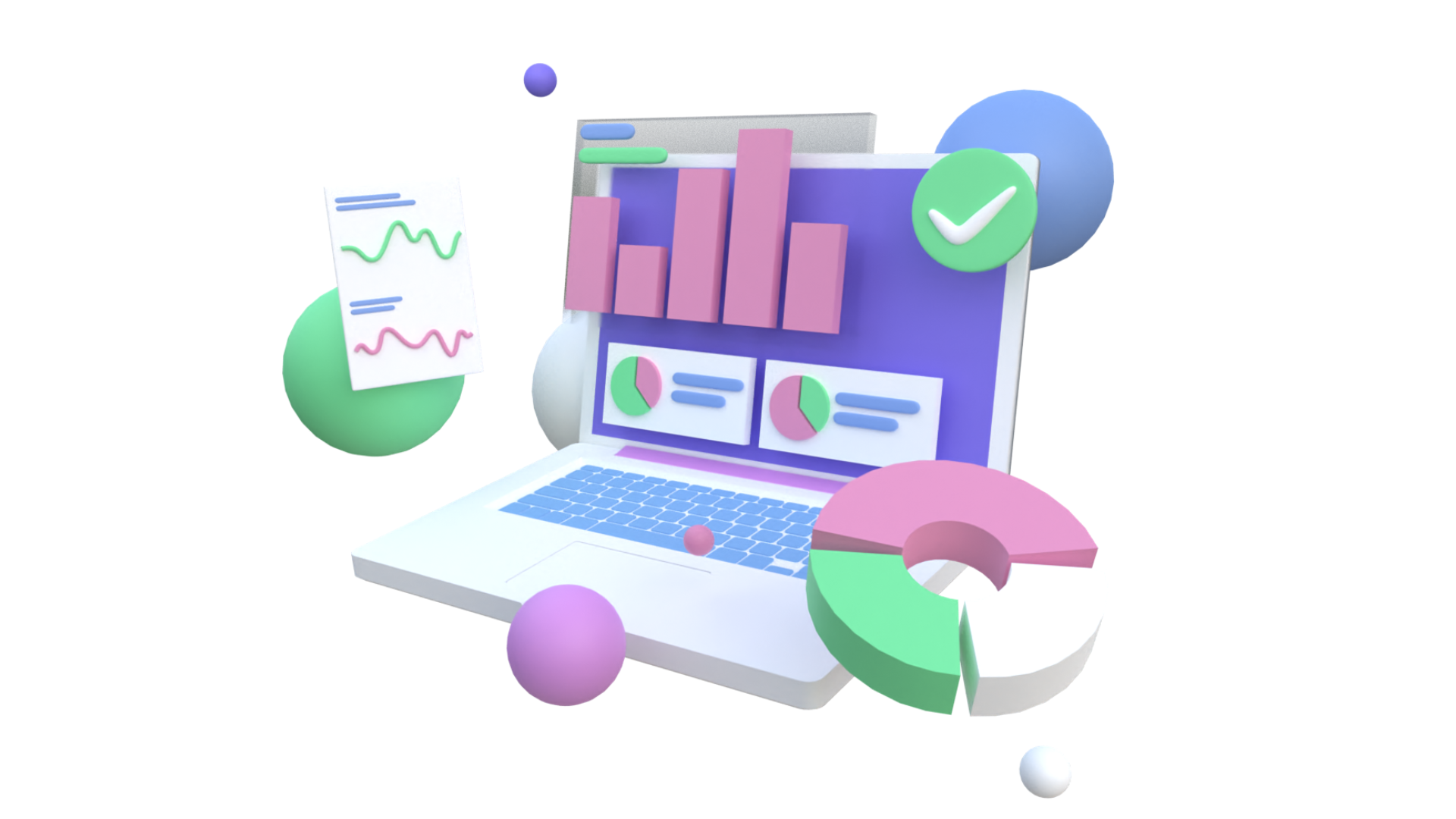Take a look at SaaS trends in 2024! End-user spending on SaaS is expected to rise by 20.0% in 2024. The SaaS landscape continues to evolve rapidly, driven by technological advancements and shifting business needs. From the rise of AI-driven solutions to the increasing focus on security, these trends are shaping the future of the SaaS world.
What is SaaS?
Software as a Service (SaaS) is one of the three primary categories of cloud computing, along with Infrastructure as a Service (IaaS) and Platform as a Service (PaaS).
SaaS is a software distribution model where a cloud provider hosts applications and makes them available to end users over the internet.

With SaaS, users can access and use software through web browsers without the need for local installation or maintenance. This model offers the convenience of automatic updates and reduces the burden of software management.
SaaS Market Statistics
The SaaS market has been growing rapidly. Looking ahead, spending on SaaS is expected to grow by 20% in 2024. Take a look at the latest figures in the SaaS market:
- The global SaaS market generated approximately $197 billion in revenue in 2023, representing around two-thirds of the total revenue from public cloud services.
- Global end-user spending on public cloud services is predicted to grow 20.4% in 2024 according to the latest forecast by Gartner. Software-as-a-service (SaaS) is expected to experience 20.0% end-user spending growth.
- The SaaS market is estimated to be valued at around $197 billion in 2023. By 2024, the SaaS market is expected to grow to about $247 billion, according to Statista.
- The United States is expected to generate the highest revenue in this industry. McKinsey & Company reported that the median revenue growth rate for 100 public SaaS companies in the US with revenues over $100 million was 22% as of mid-2021.
- Businesses are still increasingly using SaaS applications. BetterCloud revealed organizations used 130 apps on average in 2020.

5+ Biggest SaaS Trends in 2024
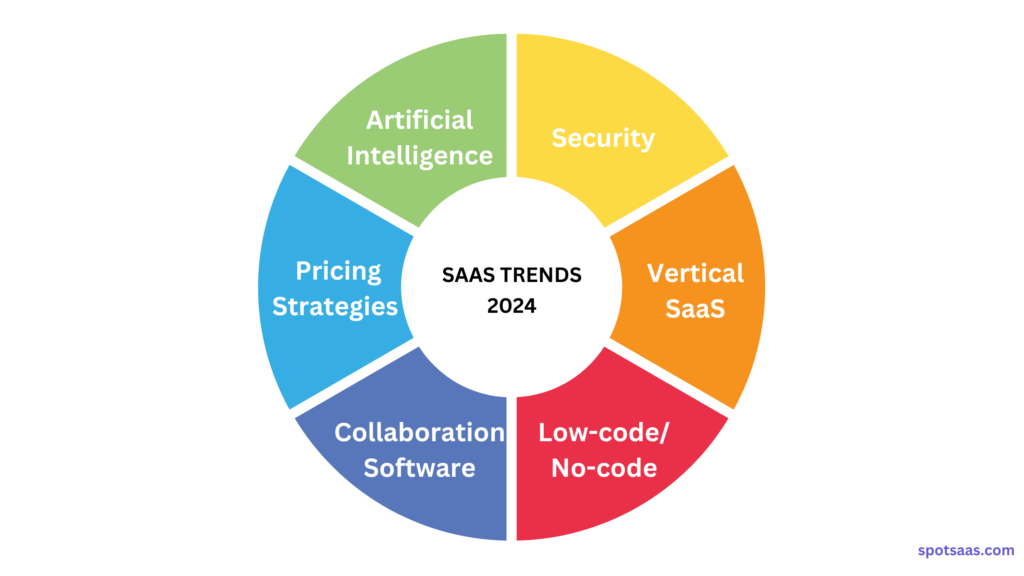
As we enter 2024, the SaaS industry is seeing some exciting changes and new trends. Let’s explore the five biggest SaaS trends in 2024:
Artificial Intelligence
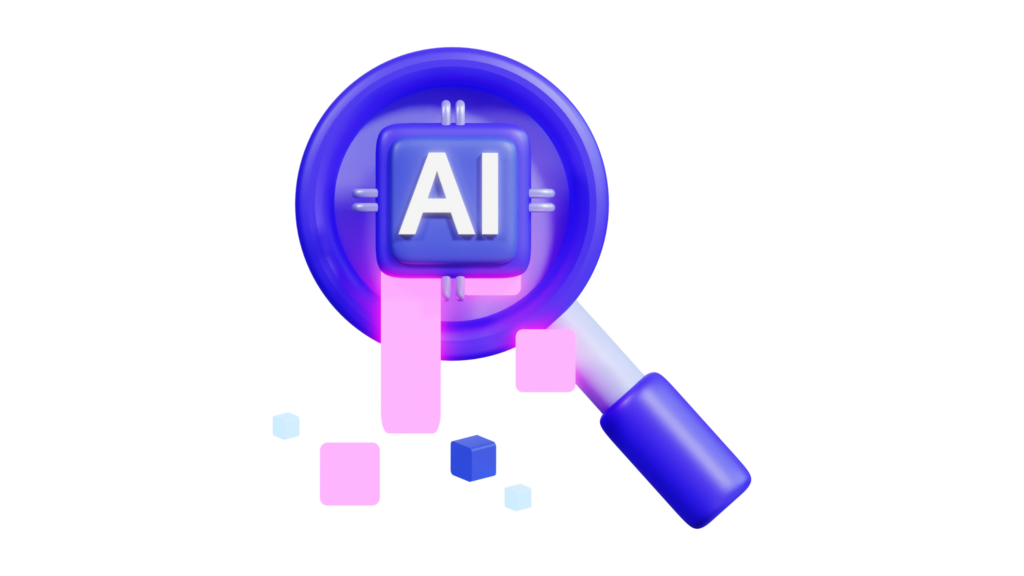
Since its launch in November 2022, ChatGPT has set records as the fastest-growing consumer app and currently has about 100 million weekly active users (CNBC). Software buyers are increasingly looking for AI features. 92% of businesses are considering investing in AI-powered software in 2024 (Gartner).
The generative AI boom is driving SaaS companies to incorporate these capabilities into their platforms rapidly. For example:
- Slack has launched Slack AI which enhances search capabilities, provides instant conversation summaries, and offers various other improvements.
- In March, Oracle introduced new generative AI features embedded across its applications in finance, supply chain, human resources, sales, marketing, and service.
- Salesforce launched Einstein Copilot, a conversational AI assistant for CRM, along with new capabilities designed to boost seller productivity and expand the adoption of generative AI in Aprile.
- Rovo is a new Atlassian AI assistant. It can pull data from both first- and third-party tools, making it easily accessible through a new AI-powered search tool and other integrations within Atlassian’s products.
- HubSpot showcased AI-driven features for its sales and marketing platform and a range of product updates to power SMB reinvention.
- Google is also launching new features in the Gmail mobile app. Users will be able to search, summarize, and draft their emails using its Gemini AI technology.
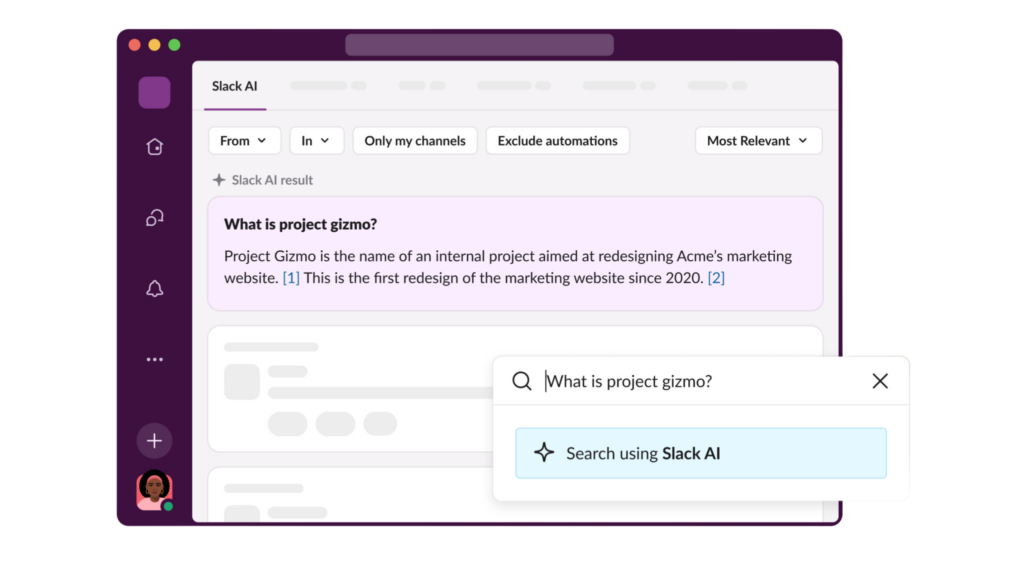
(Image Credit: Slack)
“At least be at “AI Parity” with the competition. Does AI today magically change every category? Maybe not. Is AI not quite there in some parts of SaaS? Maybe so. But no matter what, customers want improved efficiency from AI. There’s huge momentum there. So at a bare minimum, don’t lose deals due to not having competitive parity here.”
(Jason Lemkin, Founder of SaaStr)
Security is a Priority
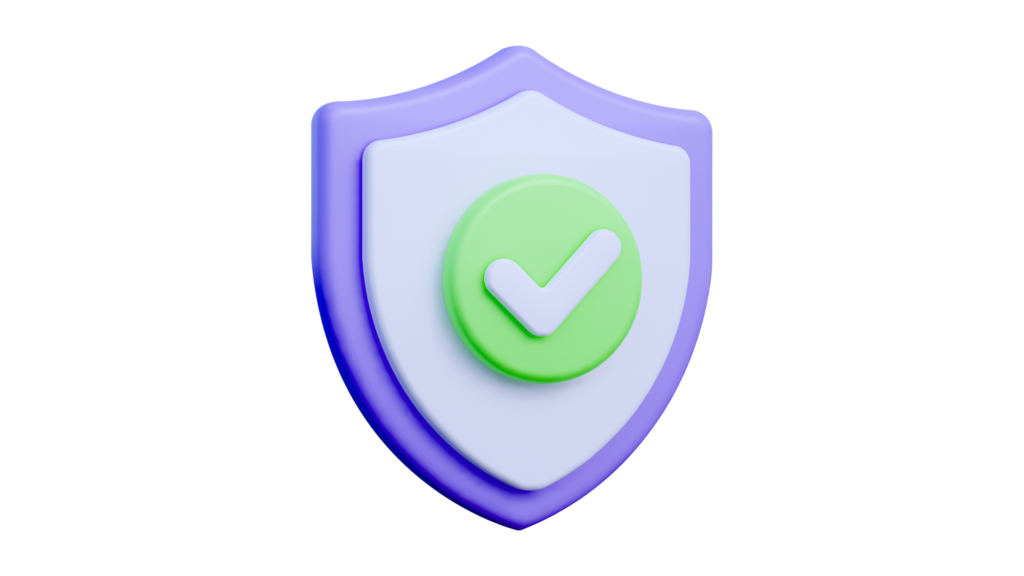
In a survey by Thales Group, 75% of respondents said more than 40% of cloud data is sensitive.
In the past year, 58% of organizations have encountered a SaaS security incident.
So security is a key factor when buyers search for software. Besides, Gartner released that security certification and data privacy are the top reasons to choose the software provider.
Prioritizing security is one of the key SaaS trends this year.
“Trust was really one of the biggest obstacles actually to starting the company, is getting companies to trust us with their data and trust that we would protect it. Today it’s the world of AI and they’re very worried about generative AI. They want to use it, but they’re very worried about what it could do to their business.
In this world of generative AI, if all you focus on is innovation, you’re going to get carried away with the magic of these large language models. But what’s more important than the magic of having it respond and put something in iambic pentameter like Shakespeare, instead is, is it trusted? Are we protecting our customers?”
Vertical SaaS is Growing
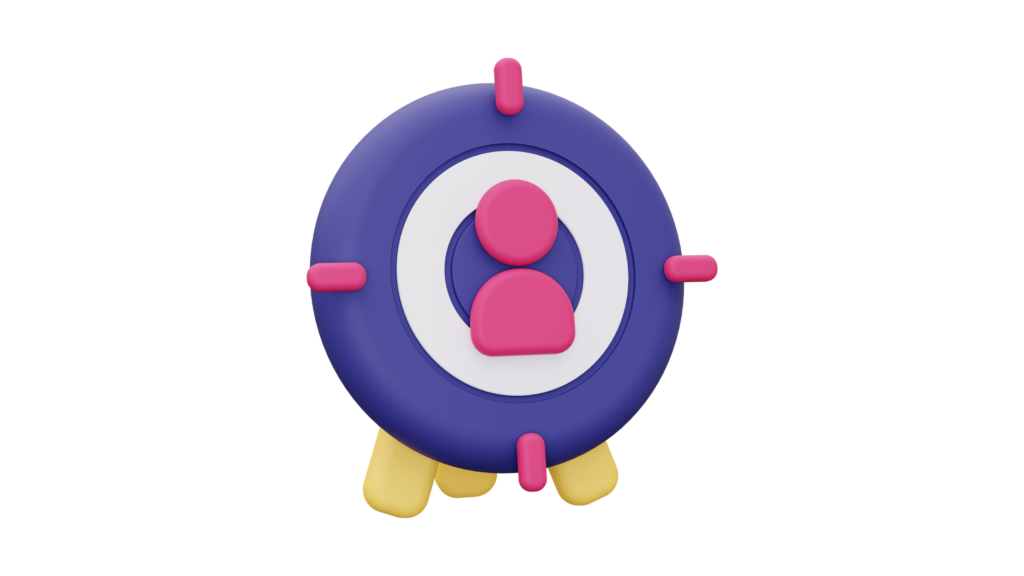
Vertical SaaS refers to software as a service solution designed for specific industries, while horizontal SaaS serves a wider range of users across various sectors. Horizontal SaaS has been around for many years whereas vertical SaaS has been gaining popularity more recently.
Asana, ClickUp, and monday.com are leading project management platforms for multiple industries. Meanwhile, Vertical SaaS Procore and Buildertrend offer project management solutions designed for the construction industry.
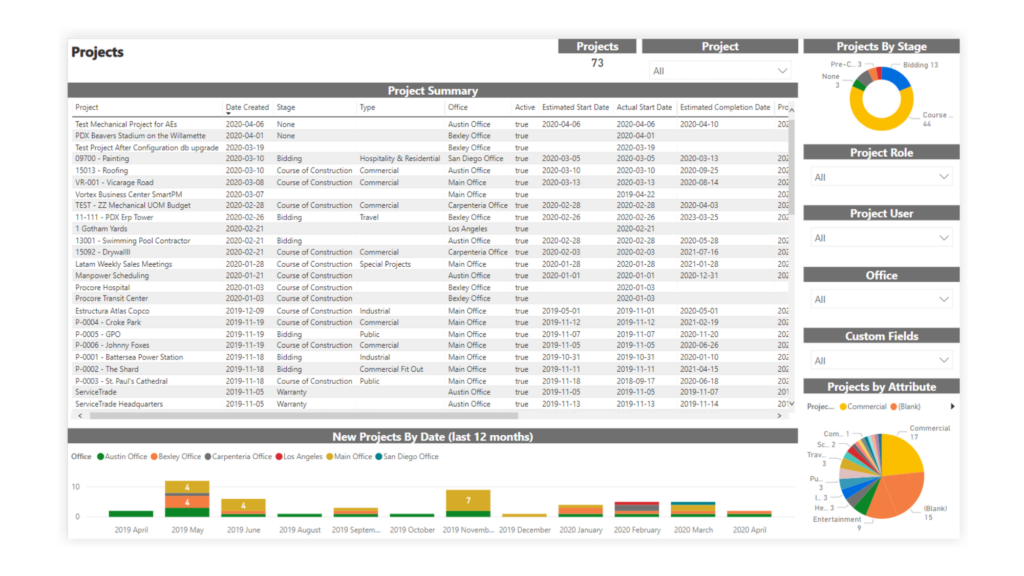
(Image Credit: Procore)
Vertical SaaS is a new trend in which a more specialized approach offers opportunities for new software providers. This specialization can lead to higher customer satisfaction and greater competitive advantage in niche markets.
Low-code/No-code Platform

An increasing number of software developers are creating apps and websites using low-code/no-code platforms. These allow users to create software through visual interfaces and pre-built components, rather than writing extensive code from scratch.
OutSystems, Mendix, and Appian is among popular low-code platform that enables developers to build complex, enterprise-grade applications. Bubble, Appy Pie, and AppSheet are comprehensive no-code platforms that allow users to design and launch web applications without writing code.
Low-code and no-code platforms accelerate the development process, allowing for faster deployment of applications. These platforms make app development more accessible to those who may not have formal programming skills and allow non-technical users to contribute to building digital solutions.
Demand for Collaboration Software is Increasing
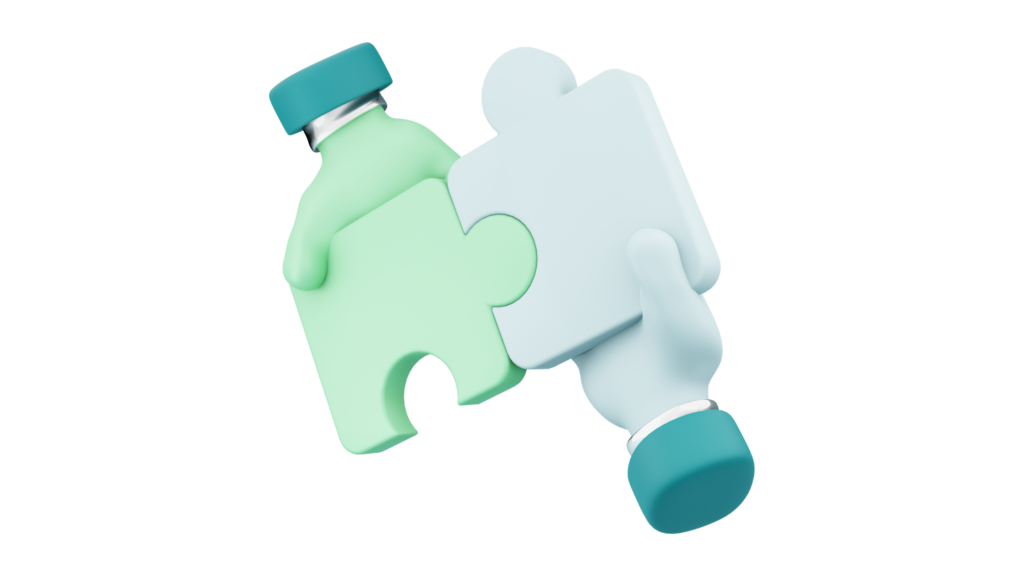
A report by Alludo showed that 70% of employees believe that better collaboration can positively affect productivity and save time.
The need for communication and collaboration software is rapidly rising today.
- The daily active users of Microsoft Teams have risen from 270 million users in 2022 to 300 million in 2023.
- Moreover, GP Bullhound estimates that Slack’s monthly active users will reach 79 million by 2025.
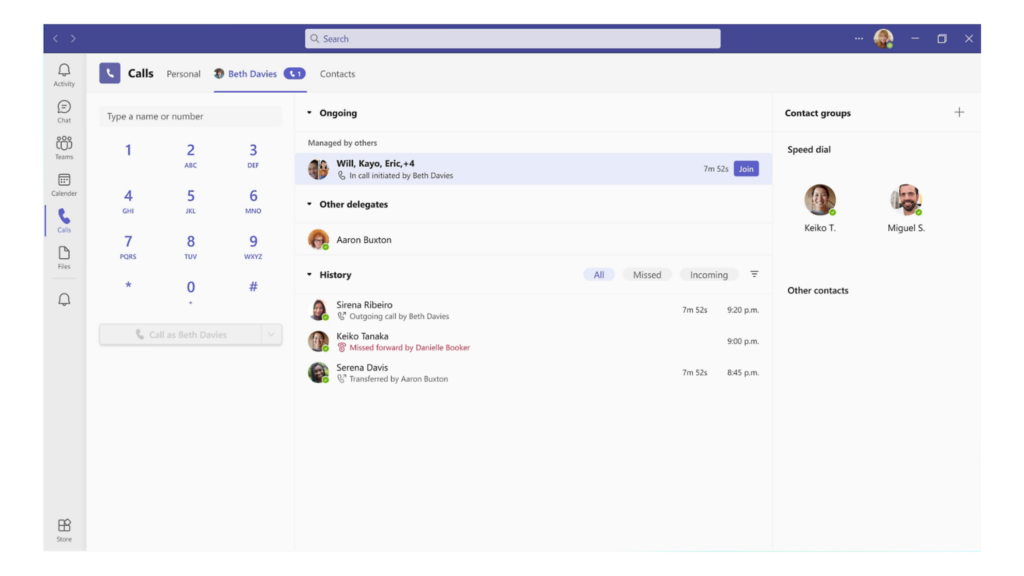
(Image Credit: Microsoft Teams)
Statista projects that revenue in the collaboration software market will reach $15.32 billion by 2024. The rise of remote and hybrid work is one of the reasons for the need for collaboration tools.
A Shift in Pricing Strategies
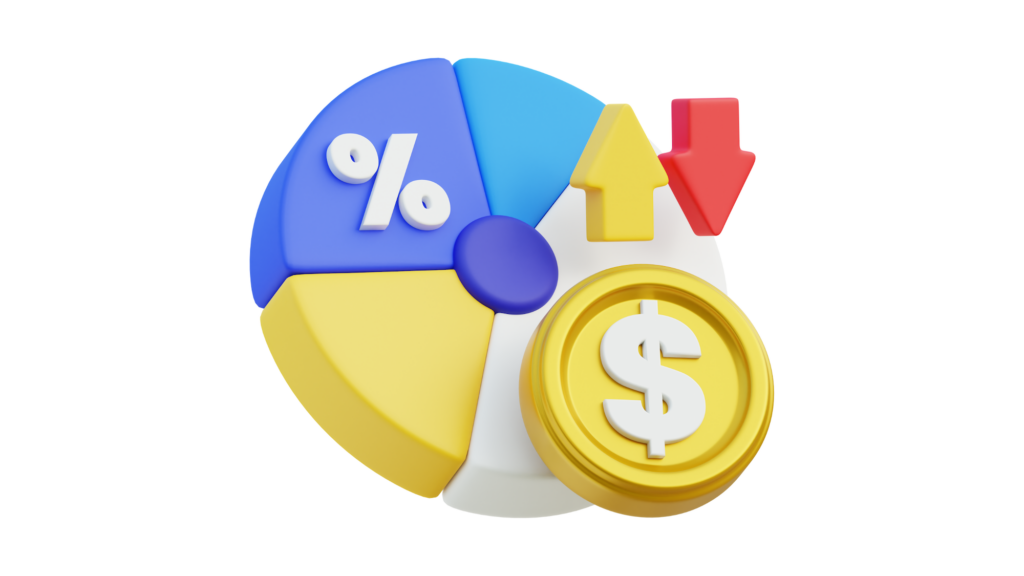
In a Gartner survey, 64% of technology customers said the pricing model was important or extremely important in their purchase decisions.
Per user-based pricing model was the most preferred model in 2023, followed by the usage-based one.
High-growth SaaS providers are more likely to use monthly and usage-based pricing models than those with moderate or low growth (Gartner research).
According to BetterCloud, on average, young companies (1-2 years old) start out with 29 SaaS apps. By the time they’re 3-6 years old, that number jumps to 103 apps. Productiv reported that SaaS spending per employee averages $9,643 in 2023. SaaS is expected to experience 20.0% end-user spending growth, according to Gartner.
But, more than 41% of organizations say that up to 19% of their total SaaS spend is unused or underutilized licenses (BetterCloud).
Vertice reported SaaS inflation rate was estimated at 8.7% in 2023.
The AI boom may have an impact on SaaS revenue. With AI support in the workplace, companies may reduce their workforce. This means the number of SaaS subscriptions could also decrease.
Many software providers are using new AI integrations as a reason to raise costs. Besides, many plan to switch to a usage-based subscription model to boost revenue growth.
Pricing strategies are more complex today.
SaaS Growth Trends
Here’s the growth of SaaS in some specific categories:
- Revenue in the CRM software (Customer Relationship Management) market is projected to grow at an annual rate of 10.35% from 2024 to 2029, reaching a market volume of $146.10 billion by 2029 (Statista report). As of July 2024, Zoho is the largest private B2B CRM & Related Software SaaS company by revenue, generating $1.2 billion.
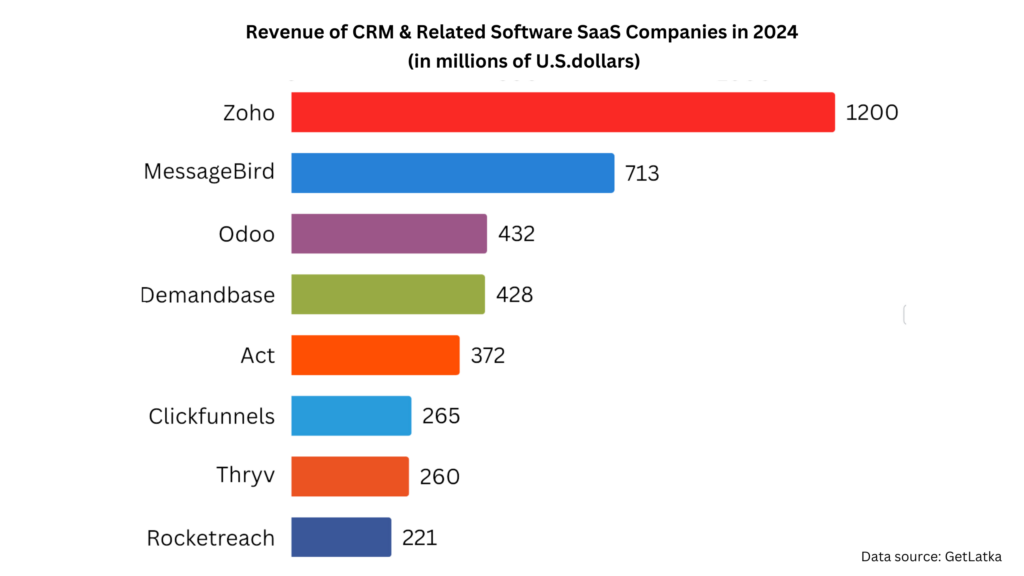
- Global cashless payment volumes are expected to grow by over 80% from 2020 to 2025, according to PwC Research. Stripe crossed $1 trillion in total payment volume in 2023. In February 2024, PayPal dominates the market for online payment processing technologies with a 45% market share, while Stripe holds second place with around 21%, according to Statista’s report.
- According to Juniper Research, an estimated 360 million people worldwide use Buy Now, Pay Later (BNPL) services as of 2022. By 2027, it is expected that there will be 900 million BNPL users.
What about SaaS funding for 2024?
While funding in SaaS and enterprise software remains active, the number of megadeals has significantly decreased compared to previous years. In the past 12 months, there have been 21 deals of $100 million or more, down from 147 in 2021.
Conclusion
In navigating the evolving landscape of SaaS in 2024, it’s evident that adaptability and innovation will be essential. Embracing the rise of AI-driven solutions can enhance automation and data insights while prioritizing cybersecurity is crucial to safeguard digital assets. Staying attuned to the growing emphasis on integration and interoperability will help streamline tech stacks and improve efficiency. Additionally, considering the increasing focus on customer experience can lead to stronger, more personalized relationships.
By actively integrating these SaaS trends into your strategy, you’ll not only keep pace with industry changes but also lead and thrive in the dynamic SaaS market.





